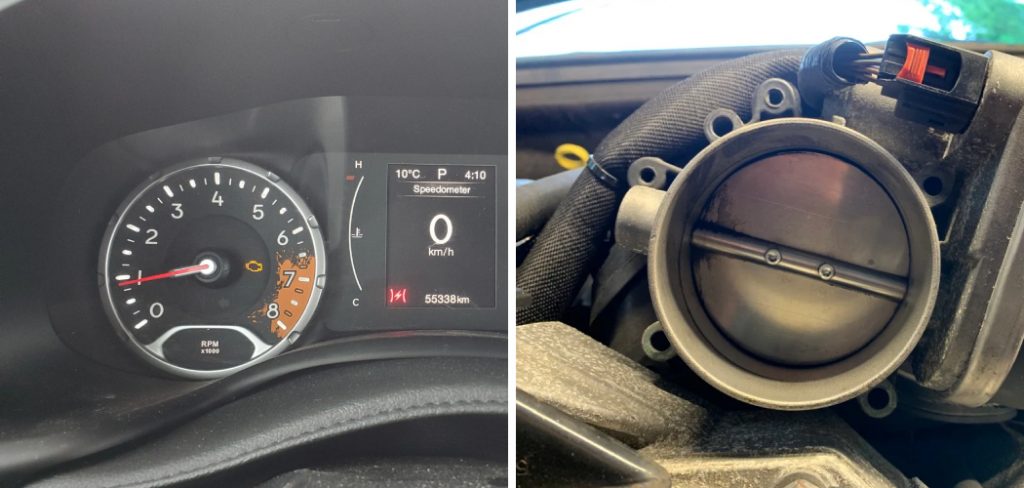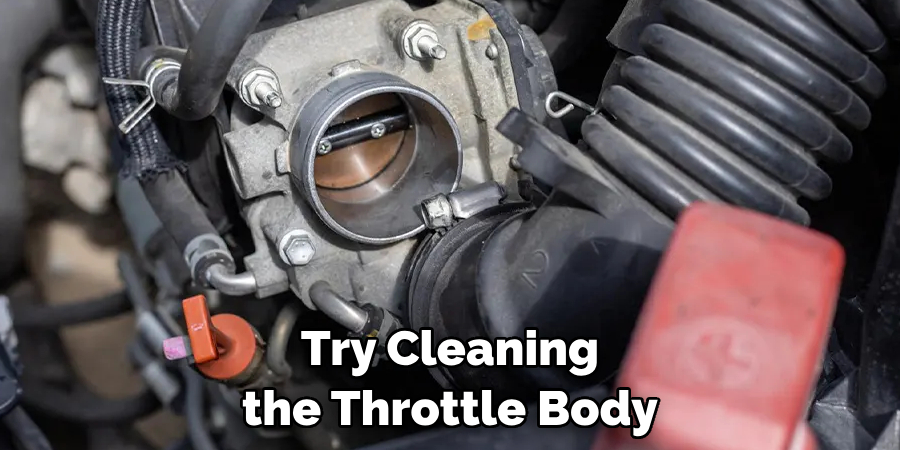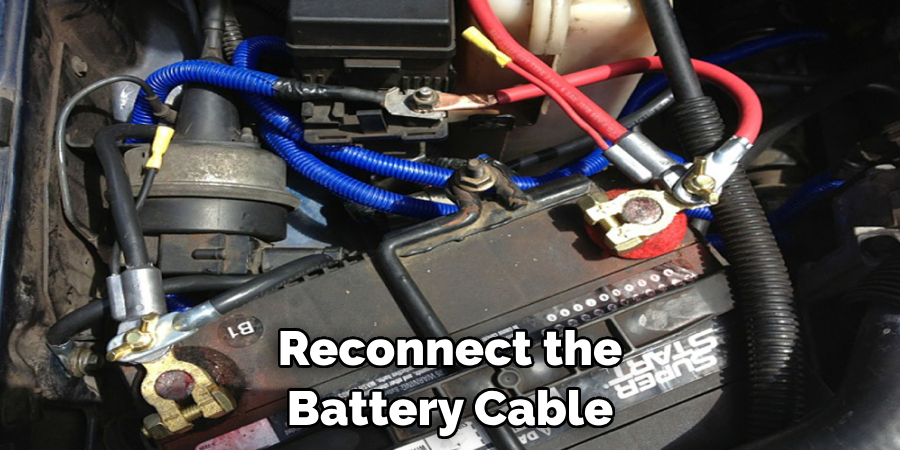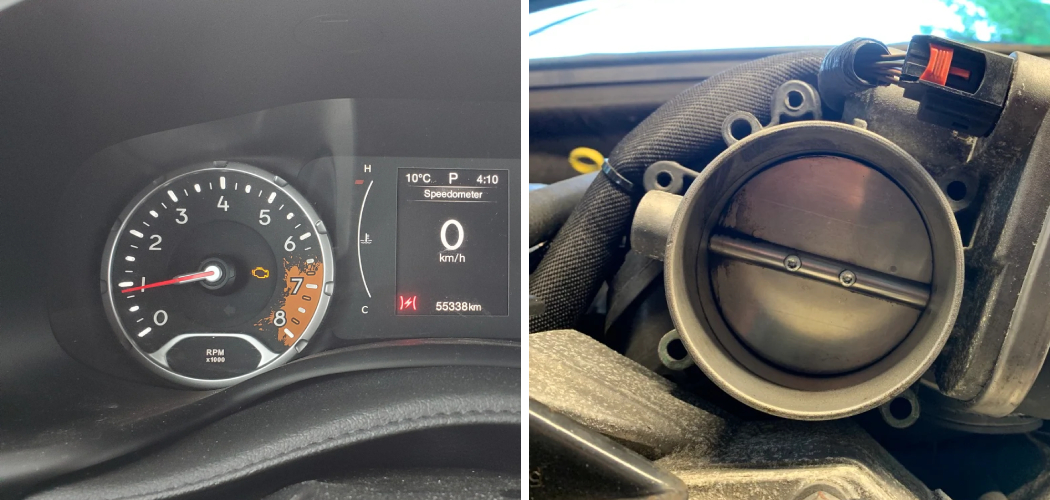The Electronic Throttle Control (ETC) system in a Jeep is a critical component that regulates the engine’s throttle in response to driver input. However, encountering issues with the ETC can disrupt the vehicle’s performance and lead to frustrating driving experiences. In this guide, we will navigate the intricacies of how to fix electronic throttle control jeep, offering practical insights into troubleshooting and resolving common issues.

Whether it’s addressing throttle response delays, sudden accelerations, or warning light indicators, understanding the diagnostic steps and potential solutions is essential for maintaining the optimal functionality of your Jeep’s ETC system.
From basic troubleshooting tips to more advanced repair techniques, this comprehensive exploration aims to empower Jeep owners with the knowledge and confidence needed to tackle Electronic Throttle Control issues, ensuring a smoother and safer driving experience on and off the road.
Explanation of the Electronic Throttle Control (ETC) system
The ETC system is an electronic device that controls the opening and closing of the throttle plate in a Jeep’s engine. It works by receiving signals from various sensors, such as the accelerator pedal position sensor and engine speed sensor, to determine how much air should be allowed into the engine for optimum performance.
In newer Jeeps, the ETC system has replaced traditional mechanical throttle systems, offering more precise control and better fuel efficiency. However, this also means that any issues with the ETC system can have a significant impact on the vehicle’s performance.
Common Symptoms of Electronic Throttle Control Issues
While there can be various reasons for ETC problems in a Jeep, some common symptoms indicate potential issues with the system. These include:
- Delayed throttle response or unresponsive gas pedal
- Sudden acceleration or loss of power during driving
- Engine stalling or idling issues
- Illumination of the check engine light and/or Electronic Throttle Control warning light on the dashboard.
10 Methods How to Fix Electronic Throttle Control Jeep
1. Check the Throttle Body
The throttle body is a crucial component of the electronic throttle control system in a Jeep. It controls the amount of air that enters the engine, which in turn affects the vehicle’s speed and performance. If there is an issue with the throttle body, it can cause problems with the electronic throttle control system. To fix this, you can try cleaning the throttle body with a specialized cleaner or replace it if necessary.

2. Inspect the Wiring and Connections
The electronic throttle control system relies on various wires and connections to function properly. Over time, these wires can become damaged or disconnected, leading to issues with the system. It is important to regularly inspect these components and repair or replace them as needed.
3. Reset the System
Sometimes, simply resetting the electronic throttle control system can fix any issues that may be occurring. To do this, disconnect your car’s battery for at least 30 seconds and then reconnect it. This will reset all of your car’s systems, including the electronic throttle control.
4. Replace Faulty Sensors
The electronic throttle control system uses sensors to monitor various aspects of your vehicle’s performance and adjust accordingly. If one of these sensors becomes faulty or fails completely, it can cause problems with the entire system. You may need to replace any malfunctioning sensors to fix your Jeep’s electronic throttle control.
5. Clean or Replace Air Filter
A dirty or clogged air filter can restrict airflow into your engine and affect its performance, which can also impact the electronic throttle control system. Regularly cleaning or replacing your air filter can help prevent this issue from occurring.
6. Check for Vacuum Leaks
Vacuum leaks occur when there is an unsealed connection between a vacuum hose and another component in your vehicle’s engine. These leaks can cause problems with how much air enters your engine and ultimately affect the electronic throttle control system.
7. Inspect Accelerator Pedal Position Sensor
The accelerator pedal position sensor is responsible for sending signals to the electronic throttle control system, telling it how much you are pressing on the gas pedal. If this sensor becomes damaged or fails, it can cause issues with the system. Inspect and replace this sensor if necessary.
8. Update Software
If your Jeep’s electronic throttle control system is controlled by software, it may need to be updated from time to time. Check with your manufacturer or dealership to see if there are any available updates that could fix any issues you may be experiencing.
9. Replace Electronic Throttle Control Module
In some cases, the electronic throttle control module itself may be faulty and need to be replaced. This should only be done after all other possible solutions have been tried.
10. Seek Professional Help
If none of these methods seem to work or if you are uncomfortable attempting these fixes yourself, it is best to seek professional help from a certified mechanic or dealership. They will have the expertise and tools necessary to diagnose and fix any issues with your Jeep’s electronic throttle control system.

Throttle Position Sensor (TPS) Replacement
The Throttle Position Sensor (TPS) is a key component in your Jeep’s ETC system, and a faulty TPS can result in various throttle control issues. Here’s how to replace it:
- Identification of TPS: The Throttle Position Sensor is usually located on the throttle body. It’s a small sensor with a plug connecting it to the Jeep’s electrical system.
- Removal: Start by disconnecting the negative battery terminal for safety. Then, carefully unplug the electrical connector from the TPS. Using a Torx or star bit, remove the screws holding the TPS in place.
- Installation: Attach the new TPS onto the throttle body, ensuring it fits into the same position as the old one. Tighten the screws to secure the new sensor in place.
- Reconnection: Finally, reconnect the electrical plug to the new TPS and reattach the battery terminal.
It’s important to note that after replacement, you may need to perform an idle relearn procedure to reset the electronic throttle control system. This procedure varies from model to model, so refer to your Jeep’s manual or consult a professional if necessary.
Resetting Electronic Throttle Control on a Jeep Cherokee
If you are experiencing issues with the electronic throttle control system in your Jeep Cherokee, you may need to reset it to fix any problems. Here’s how:
- Turn off Engine: Start by turning off the engine and removing the key from the ignition.
- Disconnect Battery: Disconnect the negative battery cable for at least 30 seconds. This will reset all systems in the vehicle.
- Reconnect Battery: Reconnect the battery cable and start the engine. Allow it to idle for a few minutes before taking it for a test drive.
- Perform Idle Relearn Procedure: If you still experience issues with your Jeep’s electronic throttle control, you may need to perform an idle relearn procedure. Refer to your vehicle’s manual or consult a professional for specific instructions for your model.

Updating Software and Firmware of Electronic Throttle Control System
Firmware and software updates are often released by Jeep to fix any bugs or improve the performance of the Electronic Throttle Control system. Here’s a step-by-step guide on how to update the software and firmware:
- Check for Updates: The first step is to check whether there are any updates available for your system. You can do this by visiting the official Jeep website and entering your vehicle’s identification number (VIN). This will tell you if there are any updates available for your vehicle’s software or firmware.
- Download the Update: If an update is available, you can download it directly from the website. Make sure to download the file to a USB drive as you’ll need to transfer the update to your vehicle.
- Update the System: Connect the USB drive into your Jeep’s USB port which is typically located in the center console or glovebox. Navigate to the ‘System Information’ or ‘Settings’ menu on your vehicle’s infotainment screen. Choose ‘Software Updates’ or ‘System Update’, then ‘Update from USB’. Your vehicle will start the update process which might take a few minutes.
- Restart the Vehicle: Once the update is complete, you need to restart your vehicle. Turn off the engine, remove the key, and wait for a minute. Then, you can start the engine again.

Conclusion
In conclusion, how to fix electronic throttle control jeep may seem daunting and frustrating, there are definitely steps you can take to fix it and get back on the road with confidence. From checking for loose wiring and connections, to resetting the system and performing a thorough inspection of the throttle body, you now have a variety of techniques at your disposal. Remember, safety is key when dealing with any vehicle repairs, so always consult a professional if needed.
And don’t forget to stay vigilant and listen for any warning signs that your Jeep’s electronic throttle control may still be acting up. By following these tips and using some basic troubleshooting skills, you can save time and money by fixing this issue yourself. So go ahead and give it a try – don’t let electronic throttle control stand in the way of your next adventure with your trusty Jeep!

